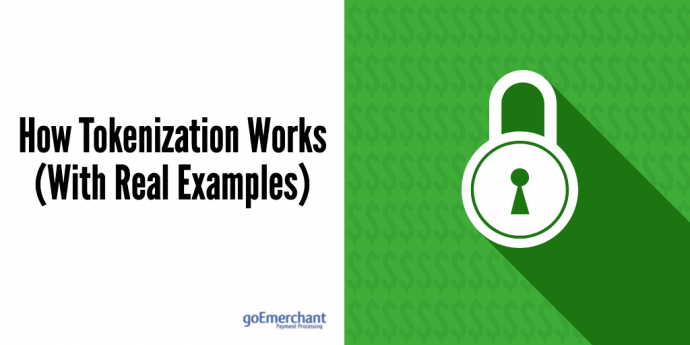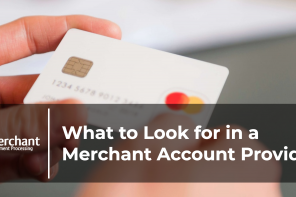The innovations in payment data security have been significant over the last few years. Leading the charge is a technology that’s become total game-changer for the industry: tokenization.
What’s propelled the importance of tokenization has been the rise of data breaches on a national and international scale, which has coincided with the uptick in CNP purchases across an increasingly digital world. The ability to tokenize payment credentials, however, has created discussions around how to best process payment data.
Understanding Tokenization: Inside the Technology
There is both a simple and complex answer to the question: “What is tokenization?” The simple answer? Tokenization is a highly-secure method of protecting payment credentials.
The complex answer involves digging into the specifications of the technology. Tokenization, in the payments world, involves substituting sensitive data (AKA: credit card/account numbers) with a one-time number known as a token that has no value or connection to a person or their account. The customer’s 16 digit primary account number (PAN) is replaced with a custom, randomly-generated alphanumeric ID. Because this transaction eliminates the link to sensitive data, tokens are used in credit card processing to reduce exposure to breaches.
Essentially, tokenization protects bank account numbers and credit card numbers in a secure, virtual vault that can be transmitted across wireless networks without adding unnecessary risk. For tokenization to work, a payment gateway is needed to store sensitive data that allow for the random token to be generated.
For merchants, tokenization is a complex but necessary technology that should be embedded into their payment processing. It is particularly important for businesses that allow customers to have cards on file for subscription billing and recurring payments. Tokenization is also a key component for online merchants that offer one-click checkout options or mobile payments like Apple Pay, Samsung Pay, and Android Pay.
Payment Tokenization: Real-World Examples
Many payment scenarios can benefit from the application of tokenization. The first two are popular mobile payment services: Apple Pay and Android Pay.
In Apple Pay, a user snaps a photo of their card which is then usable via the Apple Pay mobile wallet. The details are sent from the issuer, which then replaces the sensitive payment details with a token. Apple programs the random token onto the phone, which protects the actual credit card credentials from being hacked by fraudsters. For Android Pay, the process is similar. After uploading card information into the mobile payment app, Google creates a temporary token that replaces the card account number — further protecting the user’s payment credentials.
In a digital-first world, tokenization is also used across numerous apps. For example, MasterPass and Chase Pay are two payment services available online and in-app that tokenize sensitive data.
Popular payment apps like Venmo and booking services like Uber and Lyft also tokenize payment card data uploaded onto the app in order to protect cardholder credentials in case of a breach. Tokenizing this information also provides for a more seamless checkout experience since users can pay without having the enter credit card information each time used. Retailers are increasingly adding digital payment checkout options on eCommerce sites to provide this same benefit.
Payment Tokenization: The Benefits
Prior to tokenization being a leading security practice, encryption dominated the conversation. Encryption protects sensitive data by making the data unreadable to those without a secret decryption key. While there are use cases for this technology, the payments industry has shifted toward tokenization as the best manner to secure sensitive payment data.
Data encryption paved the way for today’s leading tokenization methods, but tokenization itself has been widely accepted as a more cost-effective and more permanent method to protect cardholders’ credentials. The benefits of this technology primarily involve preventing data breaches from occurring at the point of sale — online, in-app or in-store.
Because tokens are created through random algorithms, they cannot be reversed or linked back to any original payment data or personally sensitive data. These randomly-generated token values are the greatest benefit for both the cardholder, the merchant and the issuer. For everyone involved in the payment process, tokenization creates a win-win-win scenario.
Tokenization also keeps credit card data safe from internal and external threats that can occur during payment processing. When payment credentials are tokenized, the payment processor decodes that information in order to process the payment securely. This also highlights the importance of working with a payment processing partner that places emphasis on data security — and protecting its customers’ payments infrastructure.
Bottom line? No matter what new app, technology or trend emerges into the commerce ecosystem, having a payment processing service that’s focused on tokenization methods applied across merchant services, software solutions and PCI compliance regulations are the first steps to securing your business’ bottom line.




